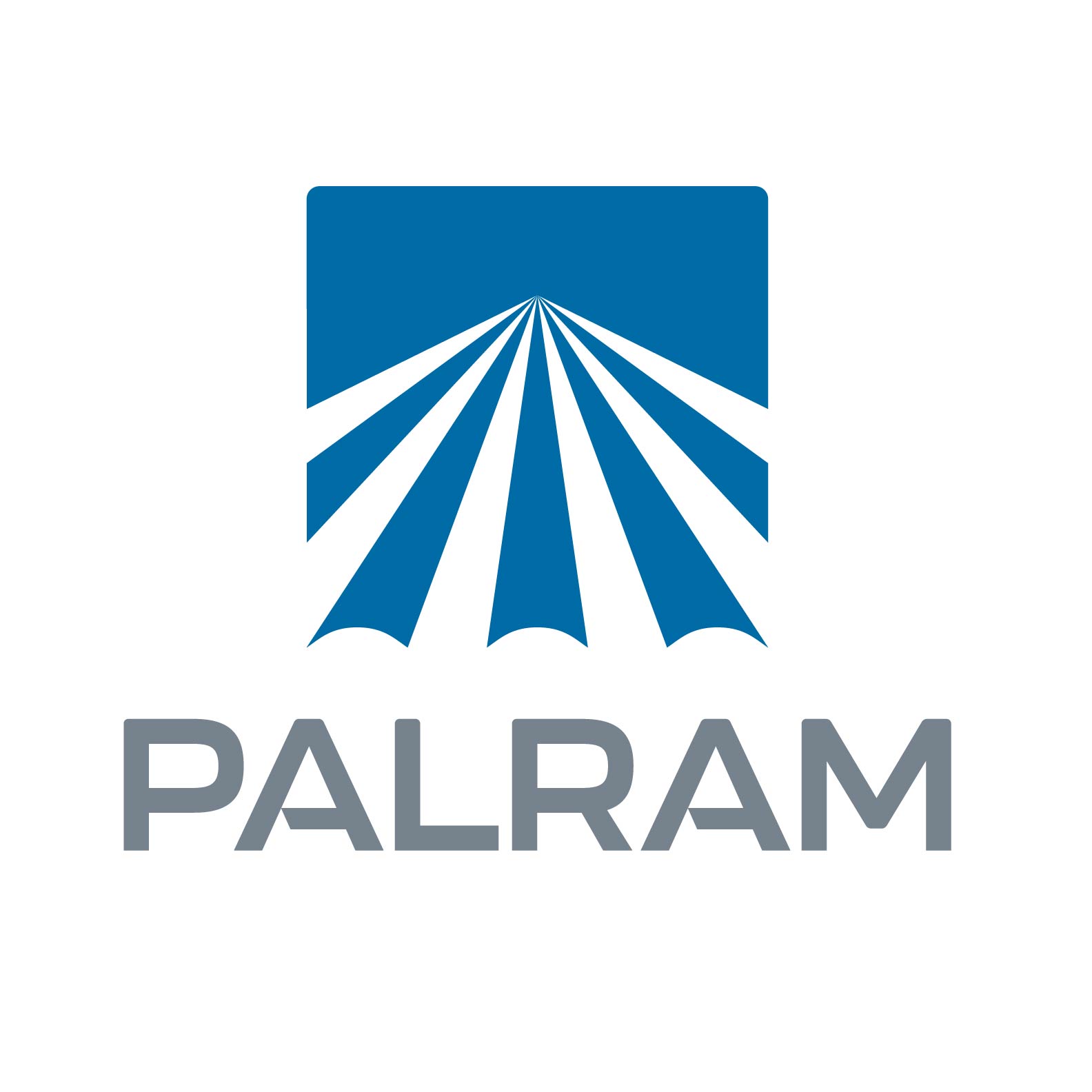This On Demand CEU is a recorded presentation from a previously live webinar event. In the bestselling book Atomic Habits, James Clear illustrates that the key to unlocking significant improvements in our lives lies in small, incremental changes, emphasizing systems over goals for sustained progress. This webinar explores how integrating technologies into our daily routines, guided by Clear's four laws of behavior change (make it obvious, attractive, easy, and satisfying), can transform our work processes and architecture firm’s culture. By adopting a mindset shift towards seeing ourselves not just as design professionals, but as innovators, we align technology with our identity, ensuring its seamless adoption.
Join the founder of The Well-Designed Firm and former Chief Creative Officer of BQE Software, Steven Burns, FAIA, as he shares actionable insights on fostering a culture that embraces experimentation and learning, illustrating how these atomic habits can compound to achieve remarkable growth. Discover how to leverage these principles to propel your firm forward by letting automation and technology handle the heavy lifting, saving you hours per week!







